Dinosaurs
It isn't hard to imagine the world full of dinosaurs, even though these extinct animals haven't walked the earth for millions of years. Learn all about dinosaurs, including early dinosaur discoveries, dinosaur fossils, and dinosaur extinction.
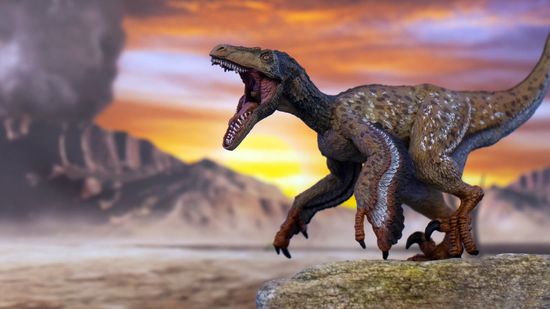
12 Scariest Dinosaurs You'd Want to Avoid While Time Traveling
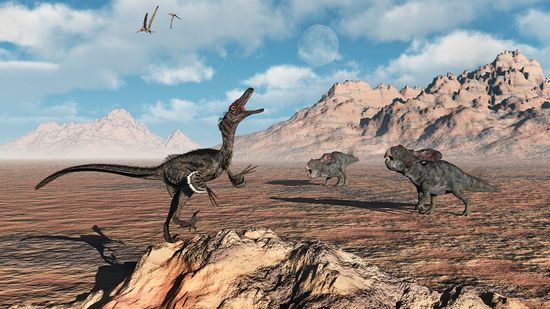
The Smartest Dinosaur (and 9 More Clever Prehistoric Reptiles)
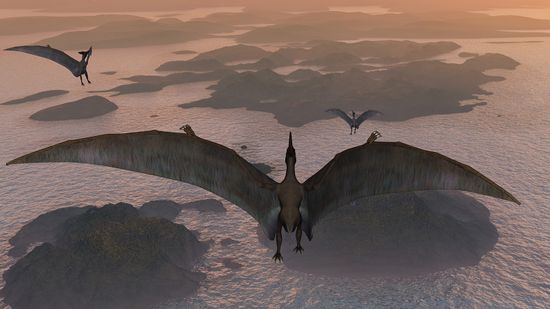
Pteranodon vs. Pterodactyl: Comparing Non-dinosaur Species
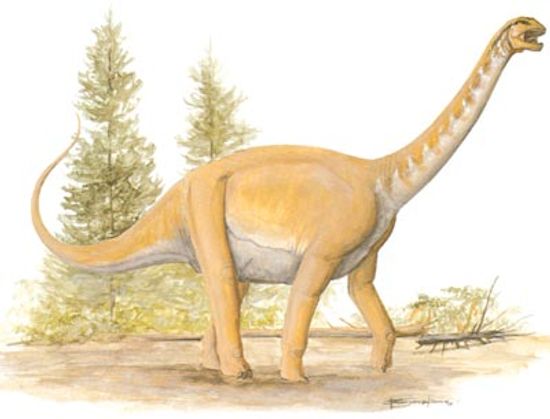
Barapasaurus
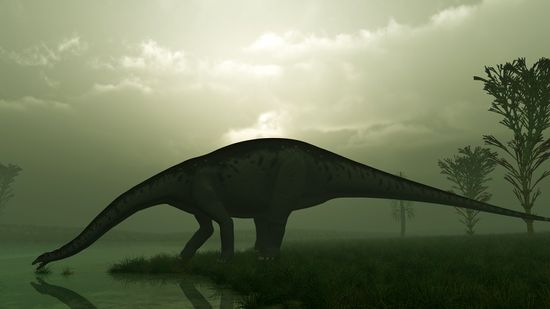
Brontosaurus vs. Brachiosaurus: Comparing Long Necks
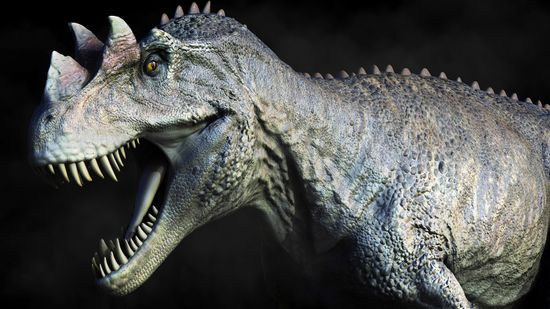
Ceratosaurus: The Horned Lizard of the Jurassic Period
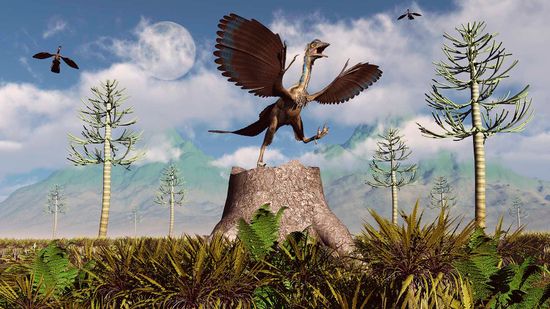
Meet Archaeopteryx, a Feathered Dino With Wings and Teeth
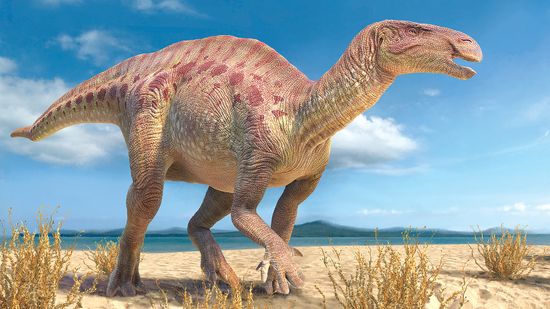
Iguanodon Skeletons Are the Most Complete of Any Dinosaur
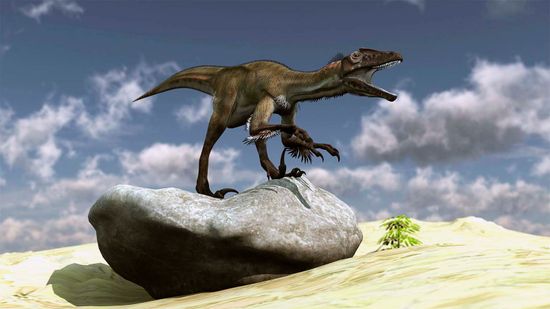
Utahraptor: The Salty Saga of a Killer Dinosaur
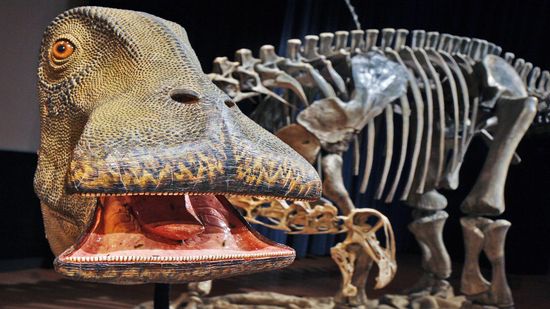
Nigersaurus: The 'Mesozoic Cow' With More Than 500 Teeth
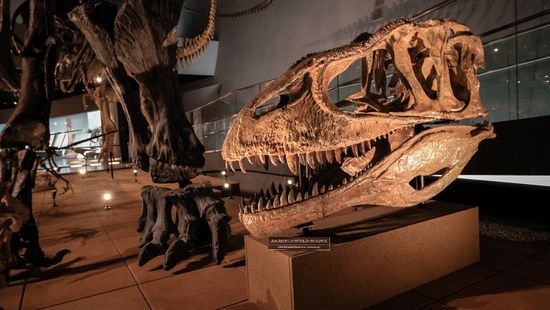
Carcharodontosaurus Rivaled T. rex as a Shark-toothed Hunter
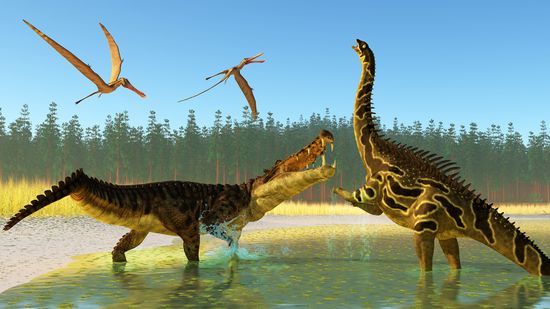
Kaprosuchus Was a Giant, Dinosaur-eating 'Boar Croc'
